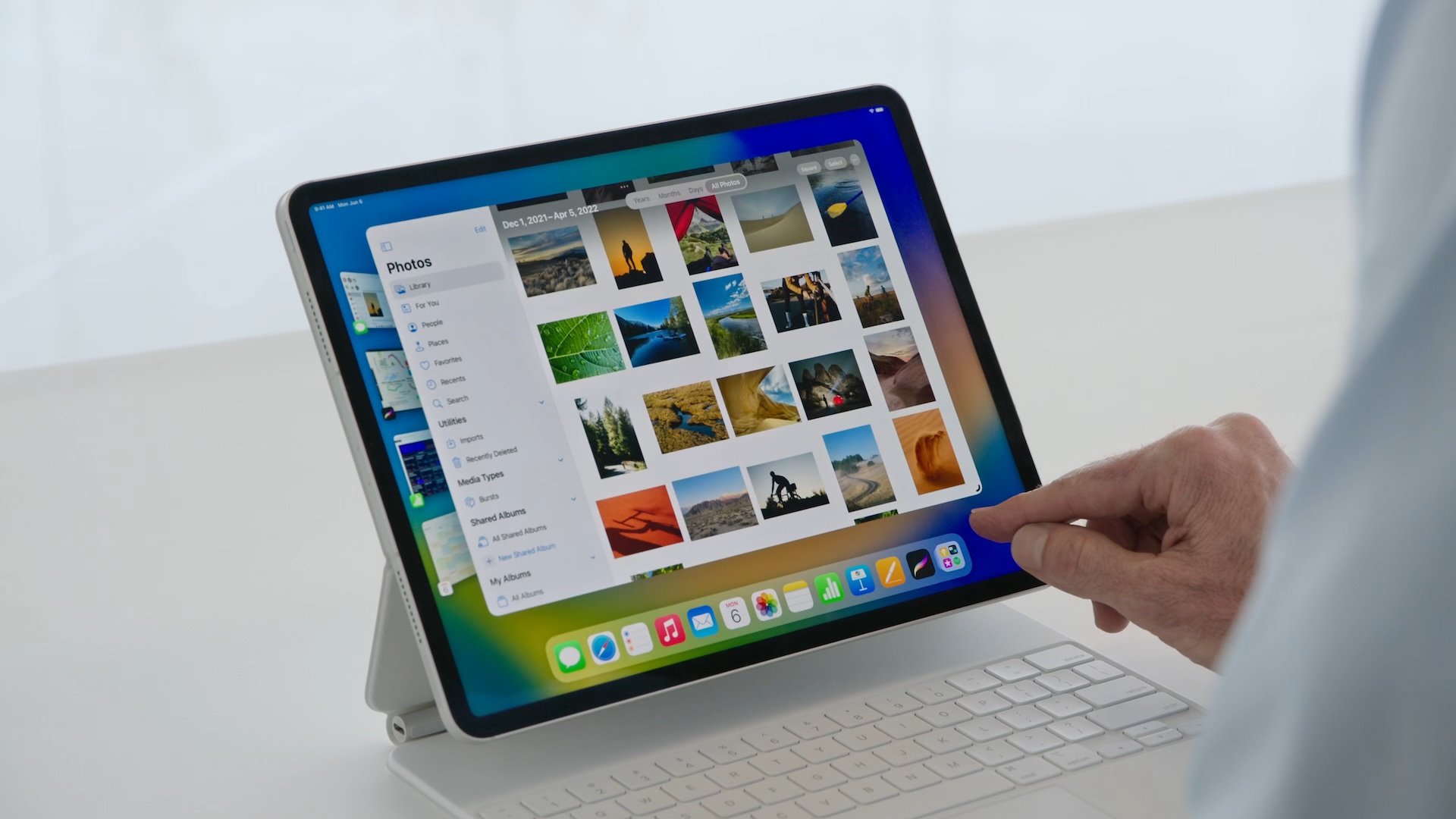This is exactly what happened, at least if you take Craig’s answer about this recently at face value. He explicitly was asked about this, and confirmed that the reworking allowed for this.The windowing system was re-engineered for 26, which probably made it more realistic to work on 3GB RAM devices.
In the same interview, he also admitted that some of the other choices were indeed about product design desires. That is, some of the choices were indeed about hardware and software performance, but some was Apple just deciding that the iPad was “this” and not “that”—not a Mac. And that over the last couple of years there was an ongoing discussion about if that was still the right approach. He made it seem like he was one of those that wanted the iPads to be able to do more, as long as they could get to a point where the performance was acceptable given the latency/responsiveness limitations they never want to deviate from. And as long as it was optional, and that the default would continue to be the fullscreen mode.
*If* he was on one side, I wanted who was on the other. Maybe it was just the leadership inertia from changing Job’s original vision. That happens in a lot of companies. Almost no one would have been surprised if they had decide to keep the new windowing system to M-series iPads; but they didn’t, and this was meaningful. I hope this kind of thinking continues.




